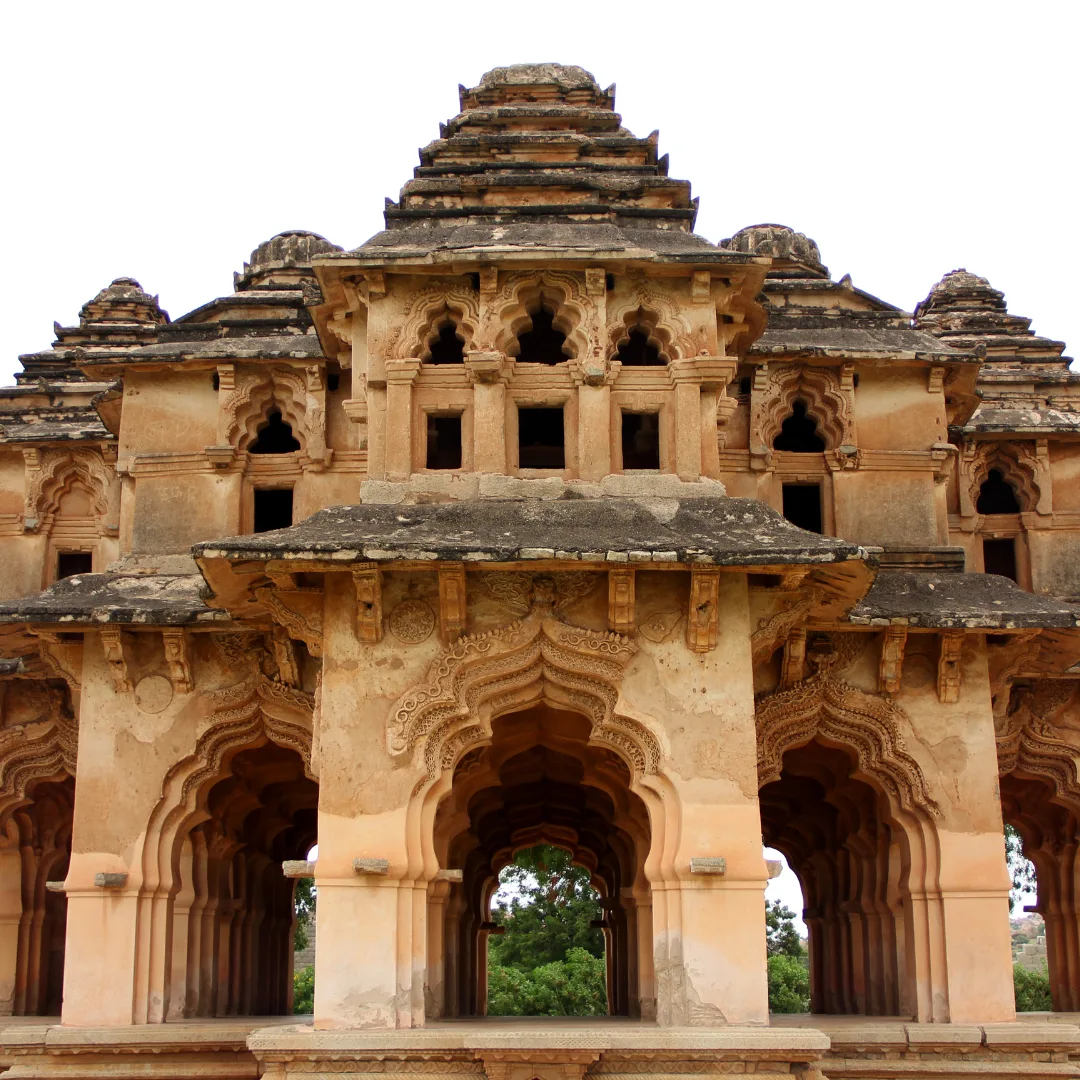Hampi served as the capital of the Vijayanagara Empire from 1336 to 1646 CE. At its peak, Hampi was one of the richest and largest cities in the world, attracting traders from Persia and Portugal. The city's incredible wealth came from its thriving trade in cotton, spices, and precious gemstones.
The architectural legacy of Hampi represents a unique blend of various regional styles, including Dravidian, Indo-Islamic, and Deccan influences. The ruins spread over an area of more than 26 square kilometers (10 square miles), making it one of the largest archaeological sites in India.
In 1565, the city was attacked and destroyed by a coalition of Muslim sultanates, leading to its eventual abandonment. The site was forgotten for centuries until it was rediscovered by British archaeologists in the 19th century. Today, Hampi stands as a testament to the grandeur of medieval Indian architecture and engineering.





